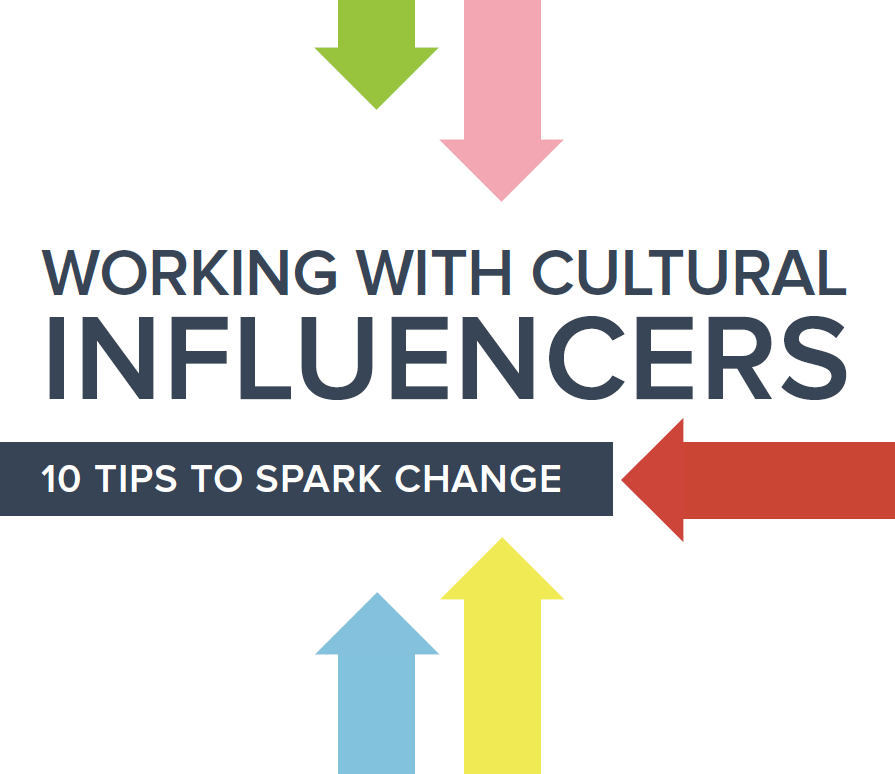On March 12, 2019, Representatives Lucille Roybal-Allard (D-CA), Nydia Velázquez (D-NY), and Yvette Clarke (D-NY) introduced the American Dream and Promise Act of 2019, H.R. 6. The bill combines longstanding efforts to provide a roadmap to U.S. citizenship for undocumented youth, people who have or are eligible for Deferred Action for Childhood Arrivals (DACA), people who had or were eligible for temporary protected status (TPS), or people with deferred enforced departure (DED).
Messaging Recommendations
Consider these points when talking about the bill with persuadable audiences:
1. Link the bill to a long-term vision. This is the first of many critical steps we must take to fix our immigration policies. It ends harm to several immediately vulnerable groups, but we need to place it in the context of our longer-term immigration goals: a reasonable and orderly process for all aspiring citizens in service of our collective American dream of a diverse nation that embraces newcomers and new ideas. Also part of this long-term vision is abandoning policies that separate families, divide communities, and encourage racial profiling. Point out that this bill rightly rejects those approaches in favor of an affirmative solution to one aspect of the immigration system.
Sample language: Our immigration laws should serve us and our communities by providing a reasonable and orderly process for aspiring citizens who want to fully participate and contribute. But our current laws—and current administration—make that impossible and instead regularly threaten people with deportation, racial profiling, hateful and divisive rhetoric, and the militarization of their communities. Those threats are not in line with our values and only move us away from the kind of country we should be: one that welcomes and embraces immigrants and the diversity they bring us; that understands and encourages their important contributions to our culture, society, and economy; and that rejects any policy that divides communities and excludes people. The Dream and Promise Act is an important step toward realizing this vision of a better country. Please call and tell Congress that we need to pass it now.
2. Underscore the values this bill upholds. By rejecting the racism and discrimination that the current administration has promoted and encouraged, this bill redirects us toward our core values: dignity, respect, diversity, and inclusion. Emphasize that Dreamers, and TPS and DED recipients, share those values and have been living in and contributing to communities for, in many cases, decades. Call on audiences to reject policies that hurt anyone but particularly those that needlessly disrupt the lives of people who are just short of being technically American only because our outdated laws stand in their way.
Sample language: We make gains together as a country when we welcome immigrants, ensure that everyone is treated with dignity and respect, and embrace the diversity that immigrants bring as they contribute new perspectives toward our problem solving. Immigration makes us stronger, while policies that aim to divide us only make us weaker. The Dream and Promise Act recognizes the contributions of Dreamers, and TPS and DED recipients, and is a first step toward providing a pathway to citizenship for all immigrants. Call your representatives and urge their support for this critical bill.
Sample language: We are stronger when we work together and when we learn from each other’s experiences. When people from different backgrounds join together we all benefit from the diversity of those perspectives. It helps us find new ways to deal with old challenges. But we are not taking full advantage of this source of strength. Immigration is a core part of the American experience, but we’re not taking advantage of this source of strength. Instead, we’re seeing policies that threaten community members with deportation due to a combination of our neglected and outdated immigration laws and an administration bent on decreasing immigration any way it can, including separating families. The American Dream and Promise Act is one step toward righting some of the wrongs our immigration laws and this administration have inflicted. Urge your members of Congress to support it.
3. Use values to specifically reject calls for more enforcement. Emphasize that this bill rejects trading harms to one community for harms to another. Outline in real-world terms the ways that current enforcement policies harm people, families, and communities. Describe specifically what deportation means: that people will lose their families, communities, and livelihoods and find themselves in a country they may not know at all and/or certainly have limited ties to and puts them in danger.
Sample language: We all want to live in communities where we feel safe and protected. But our immigration laws, and the current administration, make this impossible for millions of our immigrant neighbors, including Dreamers and recipients of TPS and DED. It is well past time to reject policies that further inflict pain on these vulnerable communities. These are people who have already experienced the separation of parents from their American-born children through deportation, have faced legislation that encourages racial profiling and local police cooperation with ICE, and have lived with uncertainty for years because they have no clear pathway to citizenship. They deserve real solutions, as do their communities, families, and employers. Tell Congress to pass the American Dream and Promise Act today.
4. Stress the urgency of this bill for all of us. Dreamers and TPS and DED recipients don’t need or deserve the added disruption to their lives that the termination of these policies has caused. We need a remedy now. Point out the connections that Dreamers and TPS and DED recipients have established in their communities to show how those disruptions affect us all.
Sample language: The administration has proven again and again its appetite for stripping protections away from immigrants, including Dreamers and TPS and DED recipients. Soon all will be at risk of deportation, disrupting their lives and the lives of their families, friends, and communities, as well as that of their employers, customers, and clients.
5. Highlight public opinion. Remind audiences that the majority of Americans want to protect the Dreamers and believe that immigration is core to our identity and important to our economy. Voters also agree that diversity is an important value and that we should treat everyone with dignity and respect.
Sample language: People in this country understand the important role that immigration plays in our core identity and our economy. There is strong support for Dreamers, while most reject the administration’s obsession with the border wall and the militarization of that region. We want real solutions that uphold our values and move us forward together. The Dream and Promise Bill is a step toward that vision.
Building a Strategic Message
One formula for building an effective message is Value, Problem, Solution, Action. Using this structure, we lead with the shared values that are at stake, outline why the problem we’re spotlighting is a threat to those values, point toward a solution, and ask our audience to take a concrete action.
Lead with values and vision. Most communicators agree: people don’t change their minds based on facts alone, but rather based on how those facts are framed to fit their emotions and values. Shared values help audiences “hear” messages more effectively than do dry facts or emotional rhetoric.
- We are strongest when we embrace the diversity of our nation—this means welcoming and embracing immigrants and treating everyone with dignity and respect.
Introduce the problem. Frame problems as a threat to your vision and values. This is the place to pull out stories and statistics that are likely to resonate with the target audience.
- Our current immigration laws, and the current administration, are an active threat to this vision. By stripping away protections and threatening the deportation of Dreamers and recipients of TPS and DED, the administration is needlessly injecting chaos and uncertainty into their lives. This is disruptive and cruel—to these new Americans as well as to their families and communities.
Pivot quickly to solutions. Positive solutions leave people with choices, ideas, and motivation. Assign responsibility—who can enact this solution?
- We need immigration policies that provide a reasonable and fair process for becoming citizens and protect people from the disruption and fear they face when they are just trying to go about their daily lives.
Assign an action. Try to give people something concrete that they can picture themselves doing, like making a phone call or sending an email.
- Call your member of Congress today and tell them to support the American Dream and Promise Act.
Message Examples
The Dream and Promise Act will make a positive difference in the lives of millions of people. MoveOn members, supporters in the Congress and others nationwide are sending a clear message that we believe this must be a country that welcomes and celebrates immigrants—not one that demonizes them.
The Dream and Promise Act would provide permanent relief and a path to citizenship for the millions of immigrants Trump has targeted. It is an important step toward securing justice for all of the immigrant families who live and work in our communities. We recognize that the road ahead is long, but we won’t rest until we have secured permanent protections for all immigrant families, starting with passage of this bill in the House.
We are building a world where immigrant communities, people of color and all marginalized communities are able to live with dignity and free from fear.
The Dream and Promise Act of 2019 creates a path to permanent status in the United States for DACA, DED, and TPS holders, and through its introduction, Congress is working to uphold the universal human rights to life, safety, and family unity. Under the Universal Declaration of Human Rights, ‘Everyone has the right to life, liberty and security of person,’ and ‘family is the natural and fundamental group unit of society and is entitled to protection by society and the State.’ The House’s Dream and Promise Act of 2019 promises to bring our nation’s laws into closer alignment with that vision.
The Dream and Promise Act provides a clear, attainable pathway to U.S. citizenship. For Dreamers, people with DACA, TPS, or DED, and others eligible for such statuses who may not have applied, the United States is their home—and, in many cases, has been for decades. We are integral members of our communities and have a future here. By providing permanent protections and a pathway to citizenship for these communities, this legislation recognizes that we are Americans in all but ‘paper’ and deserve to live our lives with security and stability in the place we call home.
The bill does not trade granting protections to some communities for funding harm to others. This is a critical point. This bill does not trade protections for immigrant youth and people with TPS or DED for further militarization of our border communities or expanded immigration policing of our communities or detention of immigrants—a tradeoff that would only inflict more pain on our communities and result in more deportations. It also does not make any changes to existing channels of immigration in exchange for protections.
The Dream and Promise Act shows that our communities will fight together, not against each other. By providing protections for immigrant youth and people with TPS or DED, we are making it clear that our communities cannot be pitted against each other in Trump’s policy games. We are not pawns in some game. And together, we will raise our voices and win the protections we deserve.
It’s time for our immigration laws to catch up with reality. This proposal, the Dream & Promise Act, is an affirmative step towards formally recognizing immigrants as the Americans they already are. This s a major shift in the debate. We are going on offense.
There is an urgency to this legislation because Trump has terminated DACA and is ending TPS and DED. The immigrants Trump has targeted are those with families, businesses, careers, and car notes who are playing by the rules and contributing to their communities. Rather than see them as assets to the country, Trump is targeting them because he feels being as anti-immigration and as anti-immigrant as possible is an asset to his 2020 campaign.
The vast majority of voters, including many who supported Trump, simply do not understand why the President wants to take millions of immigrants who are integrated into American society and make them undocumented and deportable. It makes no sense to ‘undocument’ those who are currently documented and to target the most-vetted immigrants in America—those who have had to come forward periodically to re-apply for DACA or TPS or what have you.


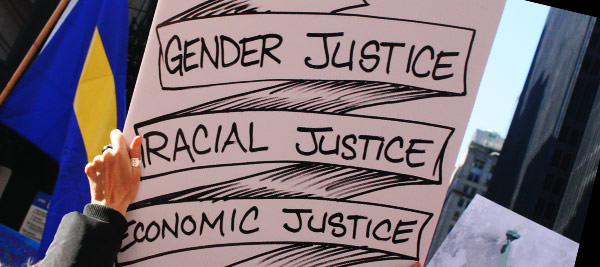
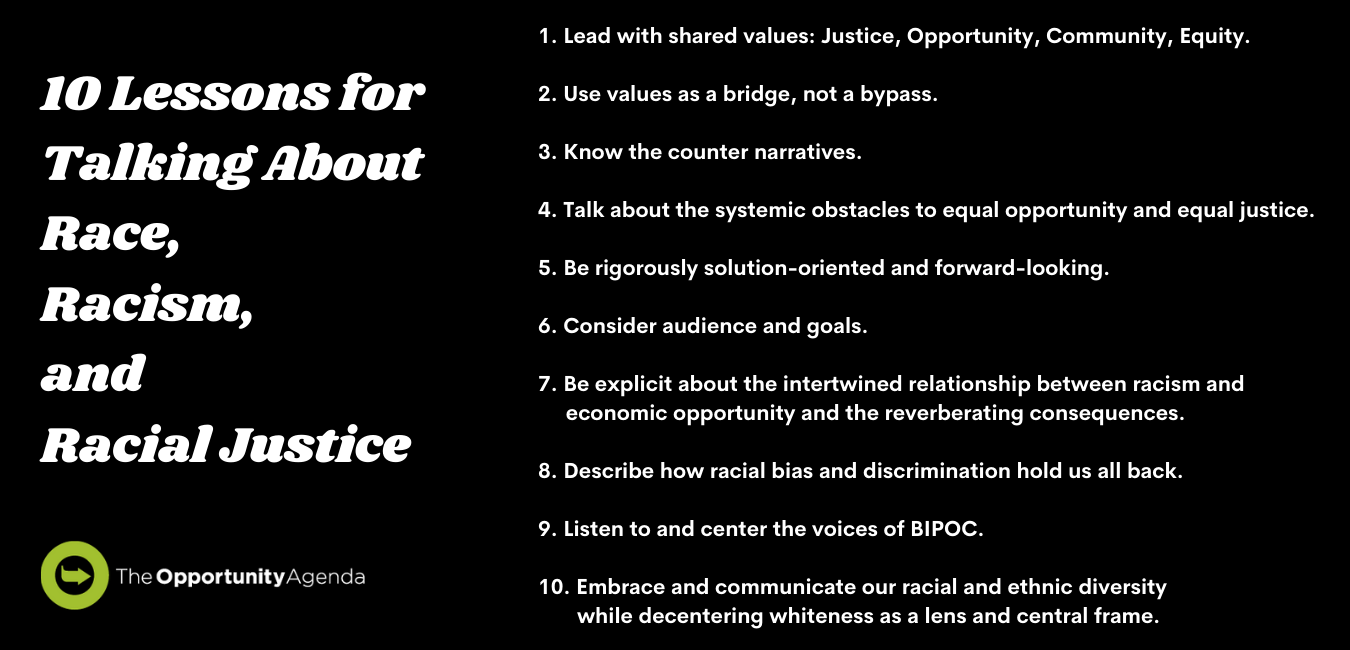





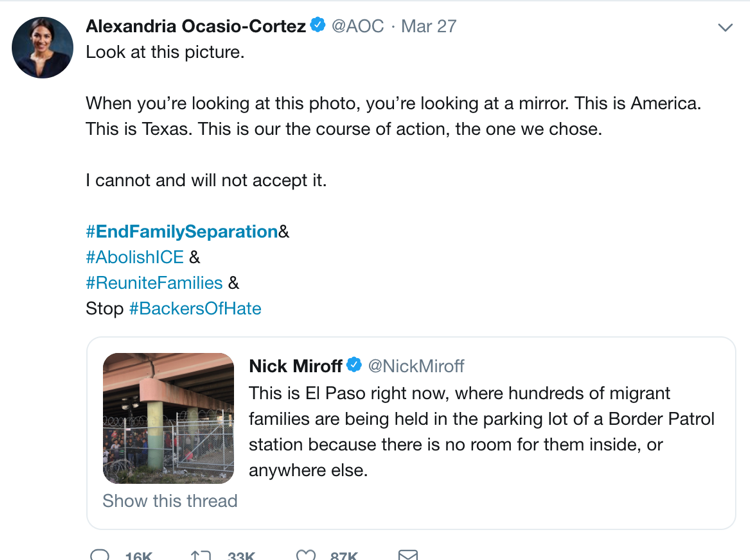

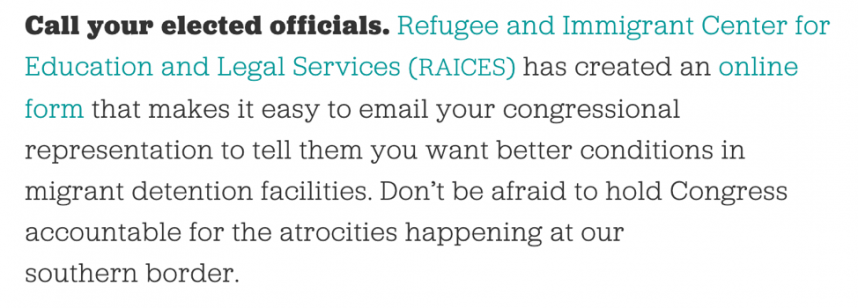
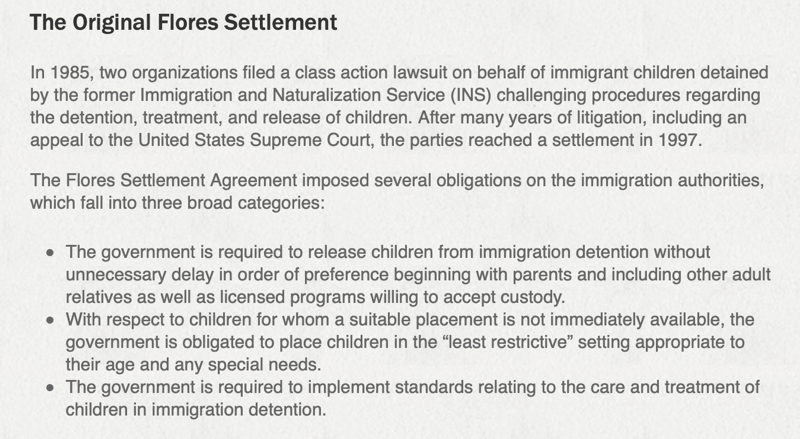
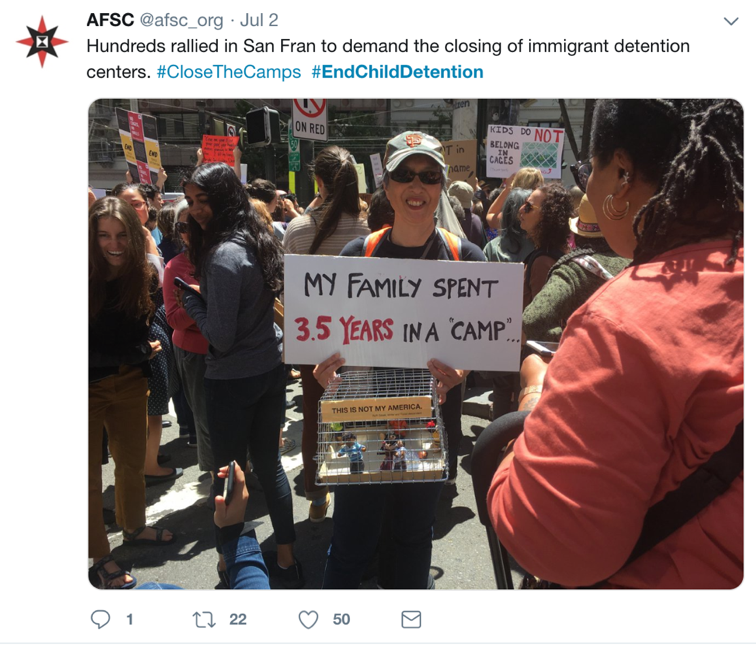
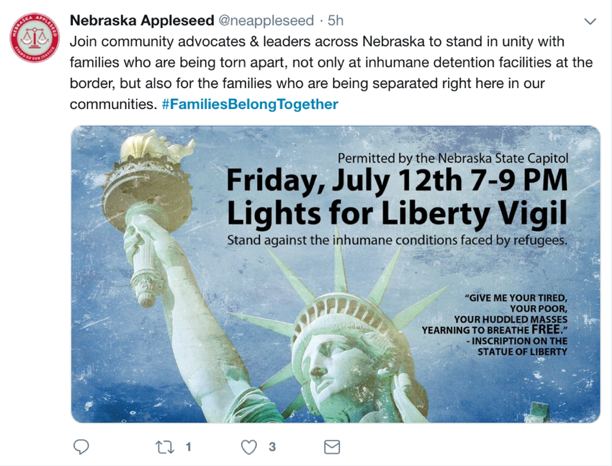
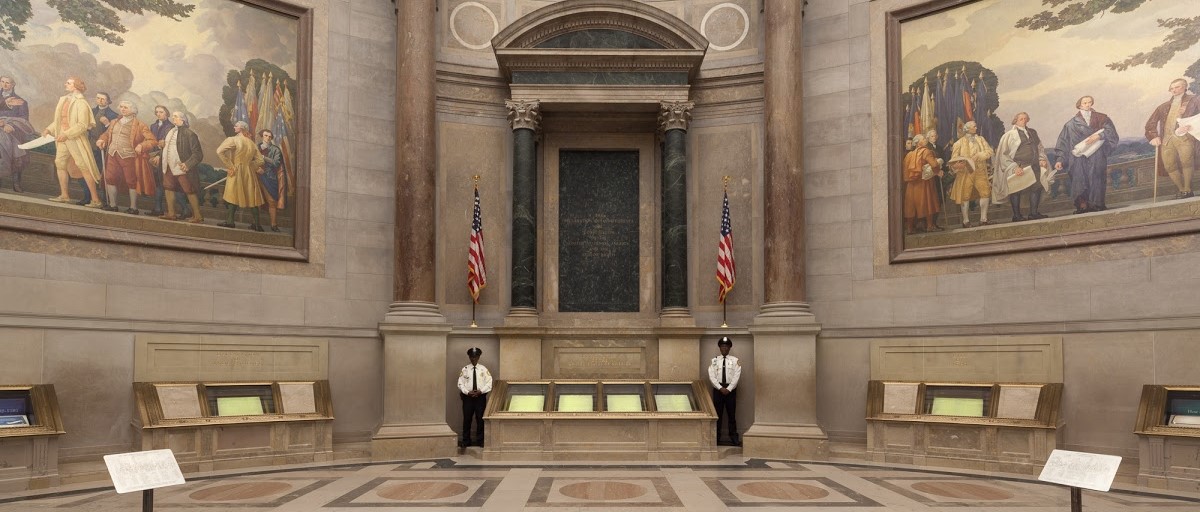



 The Central Park Five case involved the assault and rape of a White female jogger and the wrongful arrest and conviction of four African-American and one Latinx teenagers—Kevin Richardson, Antron McCray, Yusef Salaam, Kharey Wise, and Raymond Santana. The young men spent between six and 13 years in prison before being exonerated in 2002 when another man confessed to the crime.
The Central Park Five case involved the assault and rape of a White female jogger and the wrongful arrest and conviction of four African-American and one Latinx teenagers—Kevin Richardson, Antron McCray, Yusef Salaam, Kharey Wise, and Raymond Santana. The young men spent between six and 13 years in prison before being exonerated in 2002 when another man confessed to the crime.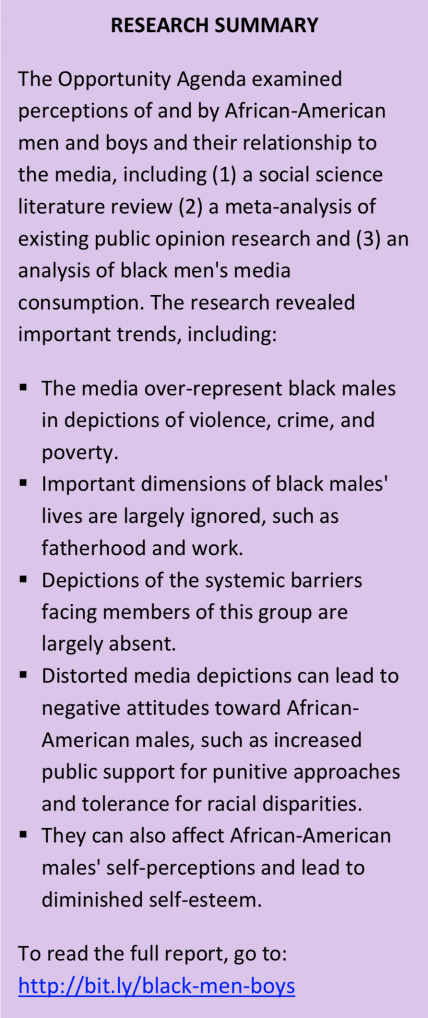 Stereotypes and popular myths. Distorted media coverage and portrayals have contributed to the perception that Black men and boys should be viewed as threats and sources of violence. Our research shows that Black men and boys are more likely to be depicted as threatening, and news outlets are more likely to depict Black men and boys as committing crimes when compared to their arrest rates. These media stories contribute the myth of Black criminality contrary to what research shows.
Stereotypes and popular myths. Distorted media coverage and portrayals have contributed to the perception that Black men and boys should be viewed as threats and sources of violence. Our research shows that Black men and boys are more likely to be depicted as threatening, and news outlets are more likely to depict Black men and boys as committing crimes when compared to their arrest rates. These media stories contribute the myth of Black criminality contrary to what research shows.